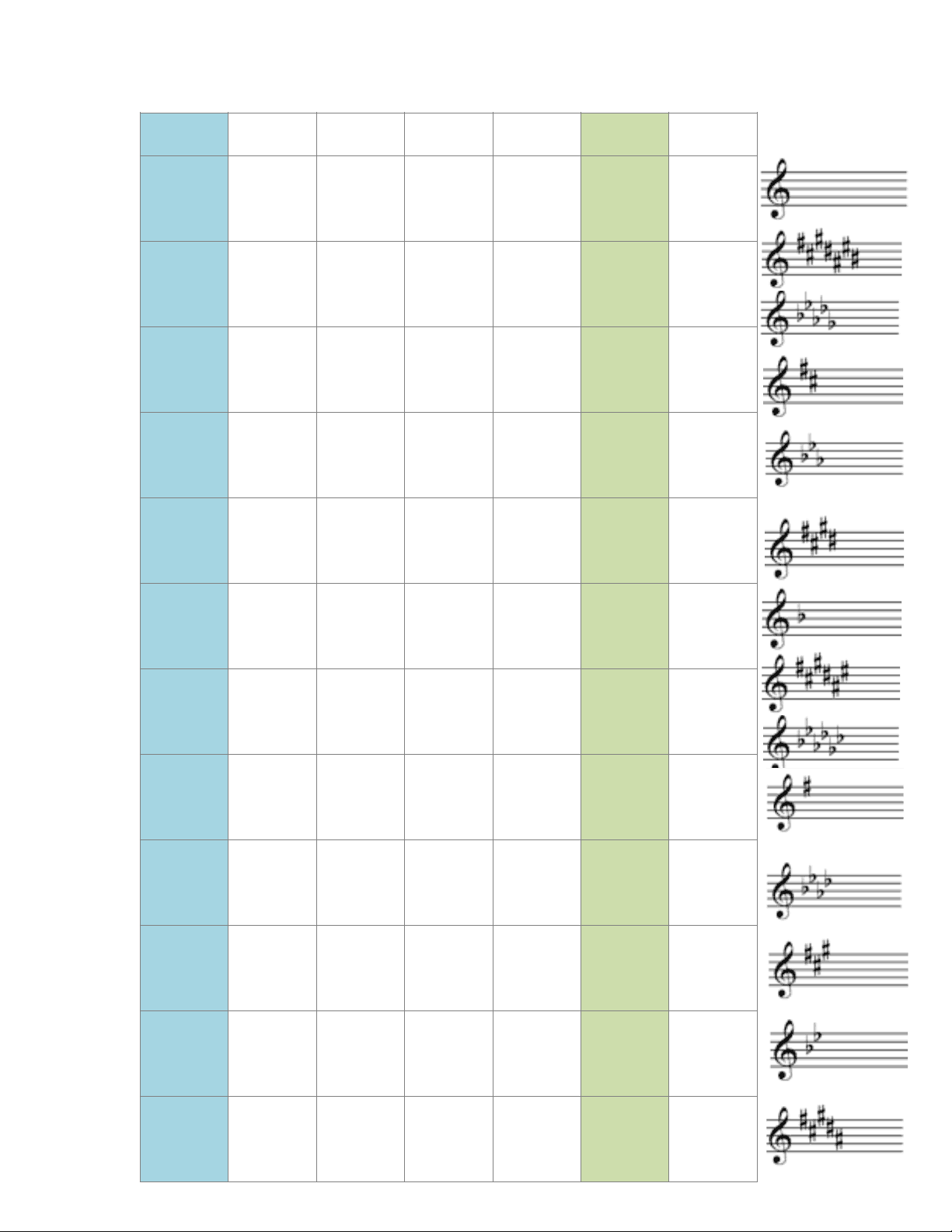



Study with the several resources on Docsity

Earn points by helping other students or get them with a premium plan


Prepare for your exams
Study with the several resources on Docsity

Earn points to download
Earn points by helping other students or get them with a premium plan
Community
Ask the community for help and clear up your study doubts
Discover the best universities in your country according to Docsity users
Free resources
Download our free guides on studying techniques, anxiety management strategies, and thesis advice from Docsity tutors
This transposition chart provides a visual guide for musicians to transpose chords and notes from one key to another. By following the instructions, you can easily identify the new chords and notes when changing keys, making it an essential tool for musicians. Use the chart to understand the relationship between major and minor keys and their corresponding chords.
Typology: Lecture notes
1 / 2

This page cannot be seen from the preview
Don't miss anything!


TRANSPOSITION CHART Major Relative Minor C D E F G A B C# D
A B C Db E F G A B C# D E F# G# B C D Eb F G A B C# D# E F# G# A# Key Signature
HOW TO USE THE TRANSPOSING CHART Say the song is in the key of C major and the first three chords of the song are D min7 | G 7 | C maj7. Decide which key you wish to move to. For example say that you want to transpose into the key of F major. Locate the C major line and place your finger on the original chord letter for the first chord (e.g. D min7), then trace down the column to the new key centre line F major and you should land on the new chord letter G. Do this for all the other chords. You will see that your new chords are G min7 | C7 | F maj7. Only the letter name changes not the chord quality, e.g. min7 stays a min7. This method also applies to notation. For instance if the notes in the melody of the original key (D major) were F#, E, D, E, F# and you wanted to transposed them into A major, the new notes would be C#, B, A, B, C#. The rhythmic values stay the same. If the key is in a minor key e.g. A minor then you follow the same process but you use the Relative Minor column. This is also a quick way to figure out the relative minor for each major key. E.g. The relative minor for G major is E minor. On the left hand side you will find the correct key signatures for every key, major or minor. NB C# and D are the same keyboard note as are F# and G.